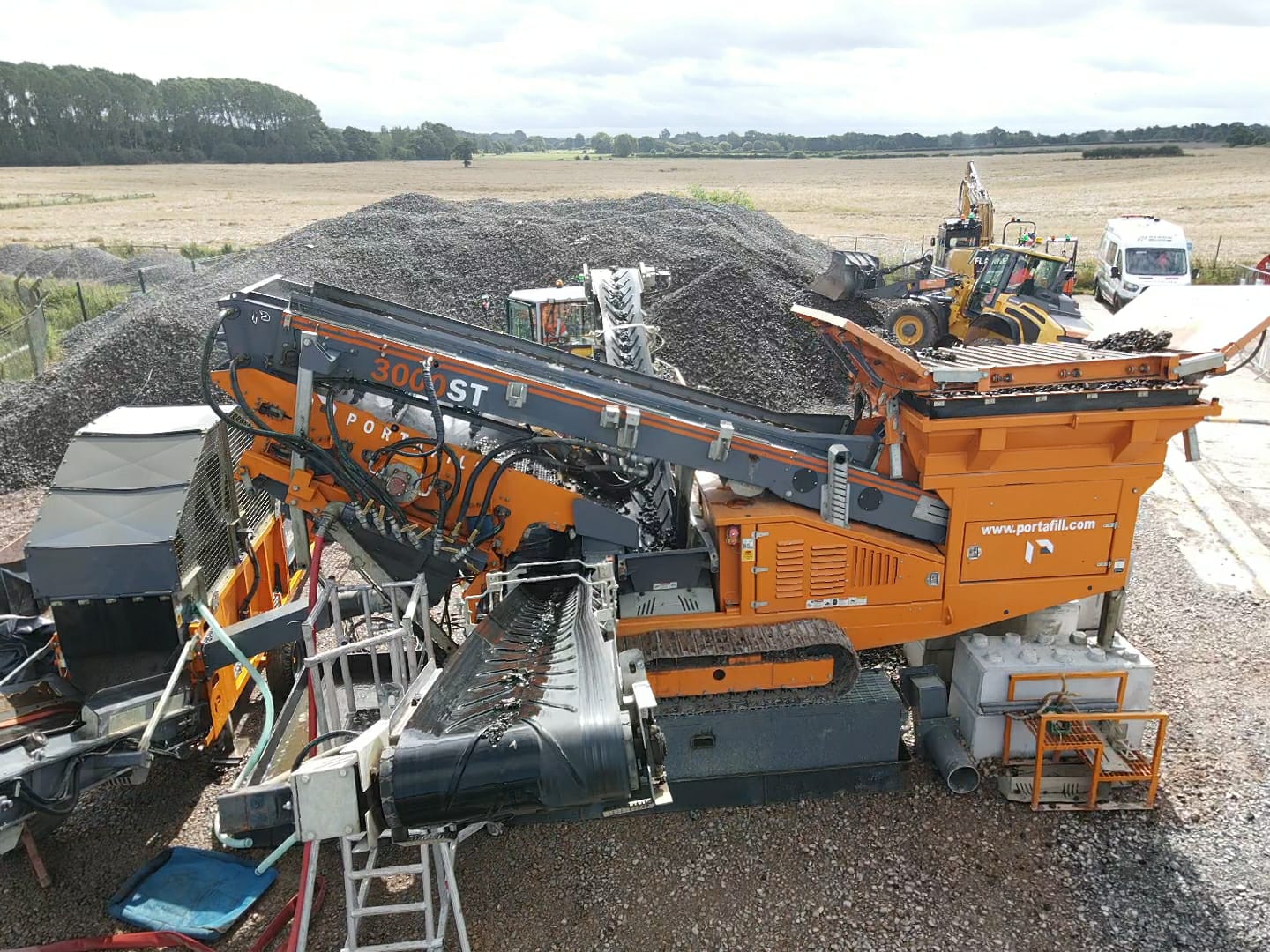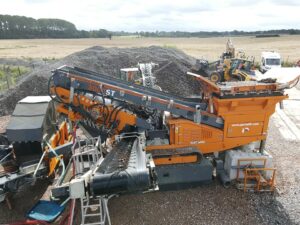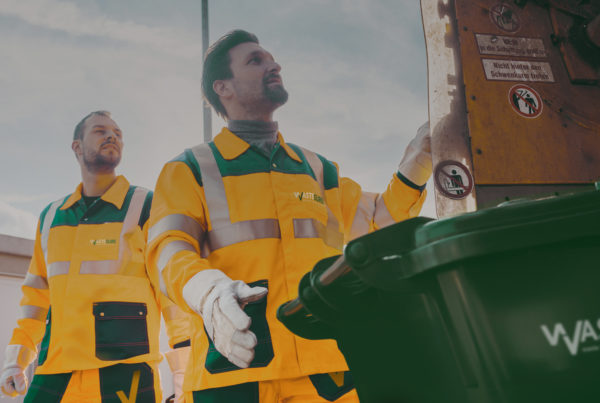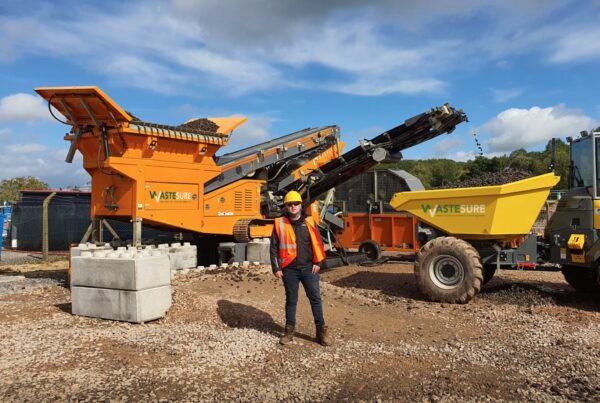Before commencing any excavation or soil disposal from your site, it’s essential to have a clear understanding of the materials involved. Neglecting the proper identification and management of contaminated soil can lead to severe consequences, including legal repercussions, damage to your reputation, and harm to the environment. In this article, we will underscore the significance of responsible soil management, provide guidance on selecting reliable waste disposal partners, and outline the steps necessary to ensure the appropriate handling of contaminated soil.
The Consequences of Mishandling Contaminated Soil
Failure to address contaminated soil can have far-reaching consequences, extending beyond legal compliance to encompass safety and environmental hazards.
Here are some potential outcomes of mishandling contaminated soil:
- Regulatory Consequences: Violations of hazardous waste disposal regulations can result in substantial fines and legal actions by regulatory bodies, such as the Environment Agency or the Health and Safety Executive (HSE).
- Reputation Damage: Mishandling contaminated soil can tarnish your organization’s reputation and erode trust with clients, partners, and the public. Rebuilding a damaged reputation can be a lengthy and challenging process.
- Environmental Risks: Improper disposal of contaminated soil can harm the environment, impacting soil quality, groundwater, and ecosystems. Environmental damage often entails long-term consequences and significant remediation costs.
Selecting a Reliable Waste Disposal Partner
To ensure the responsible handling of contaminated soil, it’s crucial to collaborate with reputable waste disposal companies.
Here are key considerations when assessing potential partners:
- Thorough Testing: Respected companies prioritize comprehensive testing to accurately identify contaminants. They conduct both initial and follow-up tests to precisely locate contaminated areas and assess contamination levels.
- Transparency: A dependable partner provides transparent information about the testing process, contamination findings, and proposed solutions. They refrain from hasty categorization of all soil as hazardous without adequate testing.
- Effective Segregation: Trustworthy handlers create waste segregation plans that ensure precise separation of inert, non-hazardous, and hazardous materials. Proper segregation guarantees that only the necessary portion of soil is treated as hazardous.
- Documentation: Reputable companies maintain meticulous records and documentation, demonstrating the correct segregation and handling of waste. Proper documentation is essential for regulatory compliance and accountability.
- Environmental Responsibility: Choose a partner committed to environmental responsibility. They should prioritize sustainable disposal options over hazardous landfill disposal whenever feasible.
The Steps for Proper Disposal of Contaminated Soil
Once you’ve identified contaminated soil on your site, follow these steps to ensure responsible disposal:
- WAC Testing: Arrange Waste Acceptance Criteria (WAC) testing to determine if the soil can be classified as inert. If it meets the criteria, it can be transported to an inert disposal facility.
- Additional Testing: If WAC testing indicates hazardous properties, conduct additional tests to precisely identify contaminated areas, types of contaminants, and contamination levels.
- HSE Notification: Depending on the test results, you may need to notify the Health and Safety Executive (HSE) before commencing excavation work.
- Waste Segregation Plan: Develop a waste segregation plan to accurately segregate inert, non-hazardous, and hazardous materials.
- Stockpile Testing: Ensure that samples from stockpiles are tested to demonstrate proper waste separation.
- Select an Appropriate Facility: Identify a waste facility that accepts non-hazardous and/or hazardous soil and transport the soil to a facility equipped for treatment and responsible disposal.
- Documentation: Maintain all necessary paperwork to present to inert facilities, verifying the correct waste segregation and inert properties.
- Second Opinion: If you have any doubts or suspicions regarding testing or treatment plans, consider seeking a second opinion to ensure the proper management of your waste.
Conclusion
Responsible management of contaminated soil goes beyond regulatory compliance; it underscores a commitment to environmental preservation and safety. By collaborating with reputable waste disposal partners, conducting thorough testing, and adhering to a well-defined process for waste segregation and disposal, you can steer clear of the pitfalls associated with managing contaminated soil. Ultimately, this approach ensures that your project is executed in a compliant, secure, and environmentally responsible manner.



